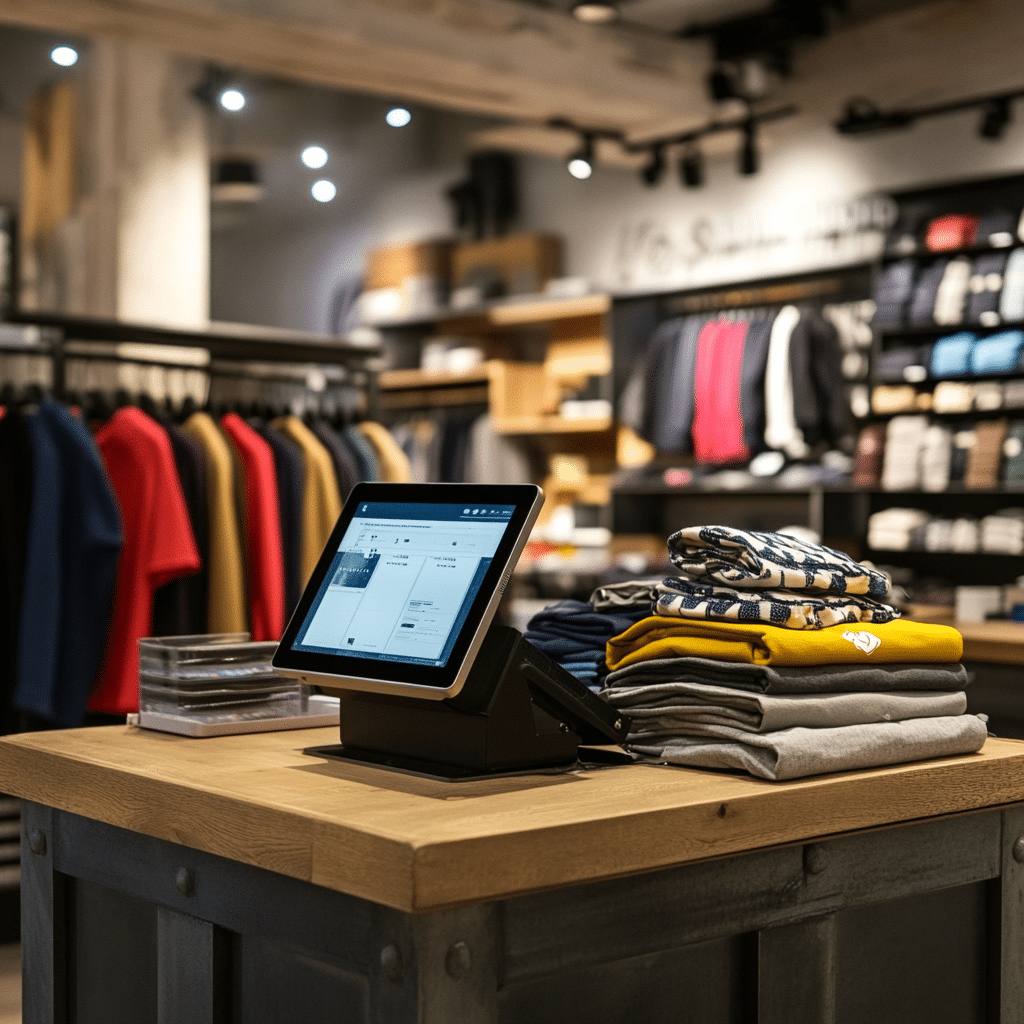The lines between eCommerce and in-store commerce are increasingly blurred. Consumers expect a seamless shopping experience, whether they’re browsing online from the comfort of their homes or exploring products in a brick-and-mortar store. This convergence has led to the rise of unified commerce solutions, like commercetools InStore, that integrate digital and physical retail environments.
Understanding Ecommerce & Its Relationship with In-Store Commerce
eCommerce has revolutionized how consumers shop, offering unparalleled convenience, a vast array of choices, and the ability to compare products and prices easily. However, despite the growth of online shopping, physical stores remain a vital component of the retail ecosystem. Many consumers still prefer the tactile experience of touching and trying products before buying.
The relationship between eCommerce and in-store commerce is symbiotic. Retailers increasingly adopt omnichannel strategies to provide a cohesive customer experience across all touchpoints. This approach ensures that customers who shop online, in-store, or through a mobile app receive consistent service and access to the same product information and promotions.
Introducing commercetools InStore
To bridge the gap between digital and physical retail, commercetools has introduced InStore, a powerful solution designed to unify all product information, customer data, and sales transactions onto a single platform. This integration enables retailers to offer a seamless shopping experience across all physical and digital channels.
commercetools InStore is a point of sale (POS) application deployed to existing cash registers in physical store locations and easily bridges the gap between in-store and digital commerce. On top of offering the same capabilities as a traditional point of sale, commercetools InStore also allows store associates to:
- Complete a split in-store transaction that includes eCommerce delivery items in a single transaction.
- Enhance customer engagement by seamlessly integrating loyalty programs across in-store and online channels.
- Elevate the shopping experience by connecting customers’ in-store and online accounts for personalized recommendations and seamless clienteling.
- Accept various payment methods, including card-present credit and debit cards, gift cards, and cash.
- Manage physical devices like safes, cash drawers, printers, payment terminals, and scanners.
- Handle refunds, with or without receipts, for merchandise purchased through any channel.
By consolidating operations on a single, composable platform, commercetools InStore eliminates the need for redundant integrations. It enables real-time inventory updates, seamless cross-channel workflows, and personalized in-store experiences.
Benefits of commercetools InStore
1 . Unified Backend for All Channels: Manage your product pricing and promotions in one centralized system without the need to sync digital and physical channels for pricing, promotions, and customer coupons.
2 . Cost Optimization: Reduce operational costs by streamlining processes and eliminating the need for multiple disparate systems.
3 . Enhanced Customer Experience: Deliver personalized and consistent shopping experiences, whether customers are online or in-store.
4 . Real-Time Inventory Management: Maintain accurate inventory levels across all channels, reducing the risk of stockouts or overstock situations.
5 . Flexibility and Scalability: Built on a cloud-native, microservices architecture, commercetools InStore offers the flexibility to adapt to changing business needs and the scalability to support growth.
Use Cases of commercetools InStore
Omnichannel Retailing
Scenario: A customer browses products online and adds items to their cart but prefers to complete the purchase in-store.
Solution: With commercetools InStore, the customer’s online cart is accessible to store associates, allowing them to assist in finalizing the purchase in-store. This seamless integration ensures a consistent shopping experience across channels.
Benefits:
- Increased sales by capturing online interest and converting it into in-store purchases
- Enhanced customer satisfaction through personalized service
- Improved inventory management by updating stock levels in real time
Clienteling & Kiosks
Scenario: A retailer wants to add self-service in-store or arm the store associates with customer data via clienteling.
Solution: commercetools InStore’s flexible architecture allows for multi-modal deployment in-store via iPad and kiosks. Store associates can use commercetools InStore on an Ipad for clienteling, arming the associate with information to personalize the experience. In addition, the store associates can process sales, manage inventory, and accept various payment methods seamlessly. Kiosks can be deployed to offer customers a self-service mode for in-store shopping.
Benefits:
- Multi-modal deployment for in-store experience.
- Consistent customer experience aligned with permanent stores.
- Real-time data collection to assess market viability.
Personalized In-store Experiences
Scenario: A customer seeks product recommendations and personalized assistance while shopping in-store.
Solution: Store associates equipped with commercetools InStore can access comprehensive customer profiles, including purchase history and preferences, enabling them to offer tailored recommendations.
Benefits:
- Elevated customer satisfaction through personalized service
- Increased sales from targeted product suggestions
- Strengthened customer loyalty by fostering meaningful interactions
Ideal Customers for commercetools InStore
commercetools InStore is particularly well-suited for:
1 . Retailers With Both Online and Physical Presence: Businesses aiming to provide a unified shopping experience across digital and physical channels.
2 . Brands Seeking Omnichannel Integration: Companies looking to seamlessly connect their eCommerce platforms with in-store operations.
3 . Enterprises Requiring Scalability: Organizations that need a flexible and scalable solution to accommodate growth and evolving market demands.
4 . Retailers Focused on Personalized Customer Experiences: Businesses that prioritize delivering tailored interactions to enhance customer satisfaction and loyalty.
Consumers’ expectations of a seamless shopping experience have led to the need for unified commerce solutions like commercetools InStore. Contact Aries Solutions today to learn how commercetools InStore can help your business stay relevant.
